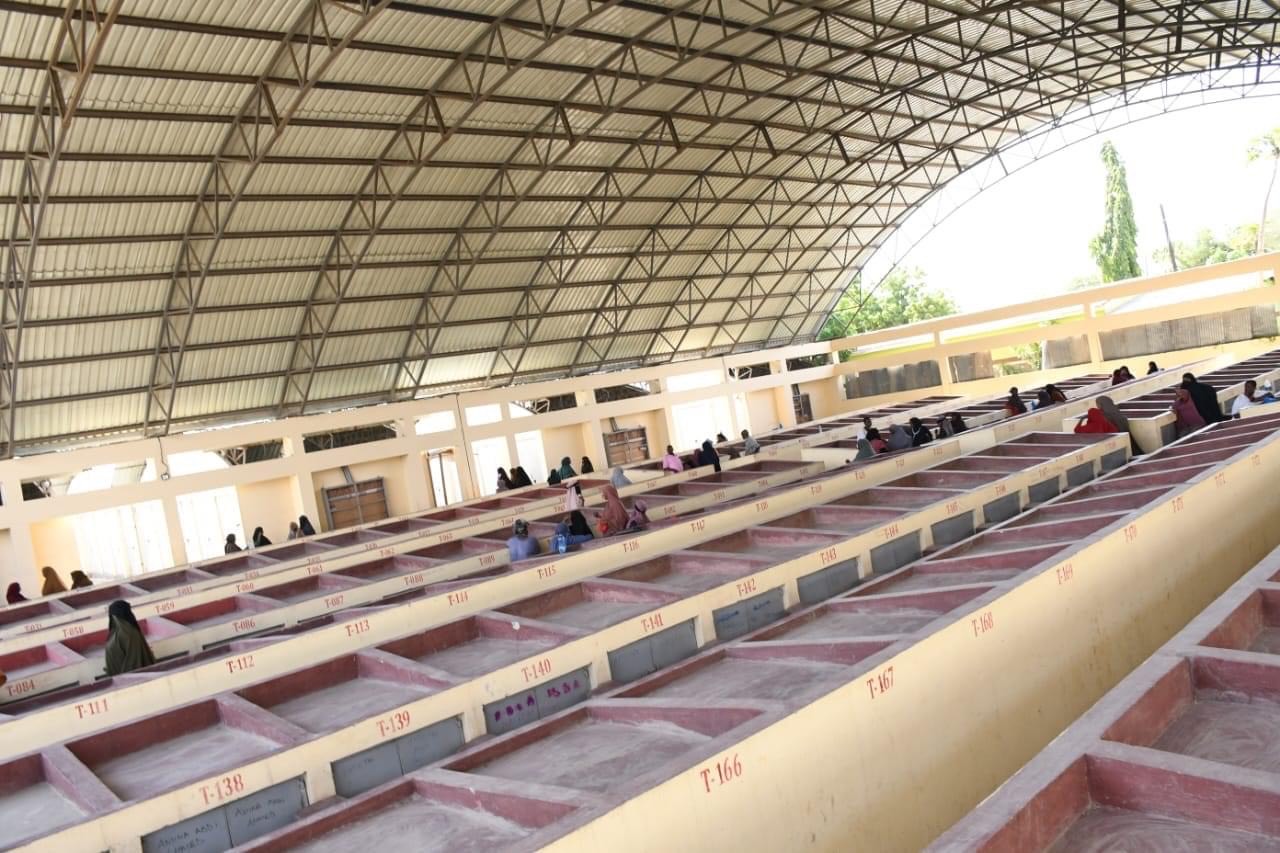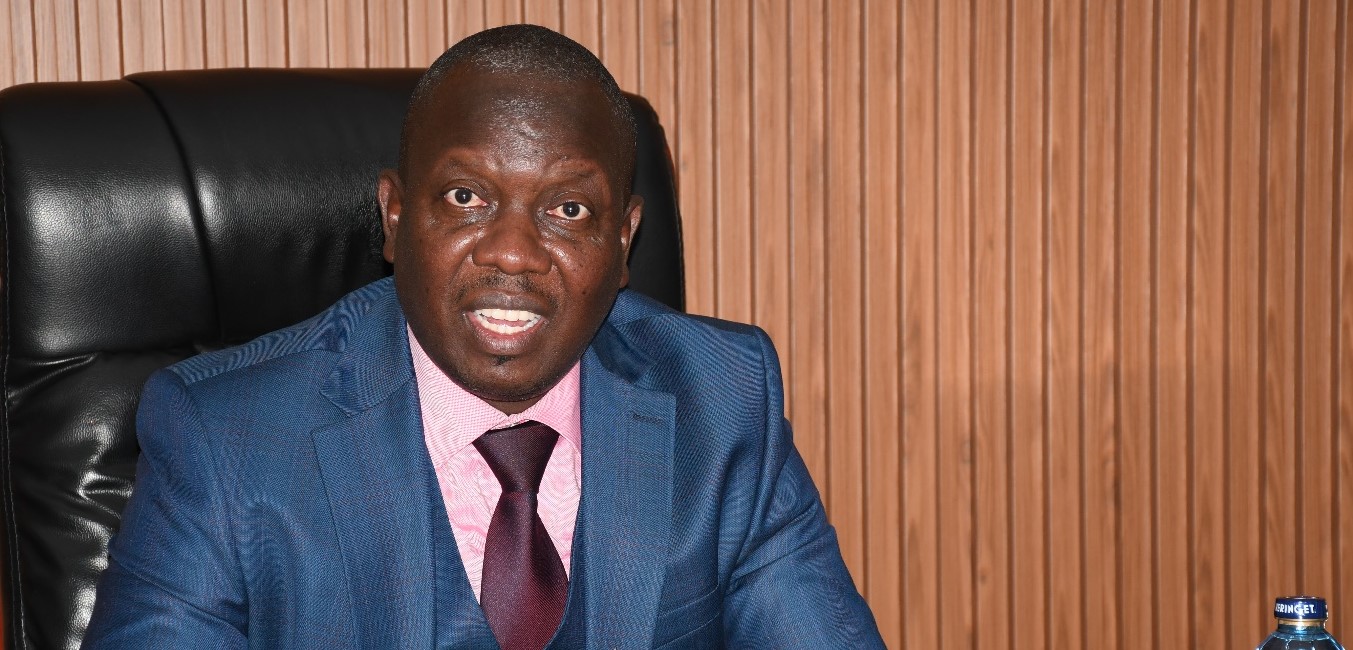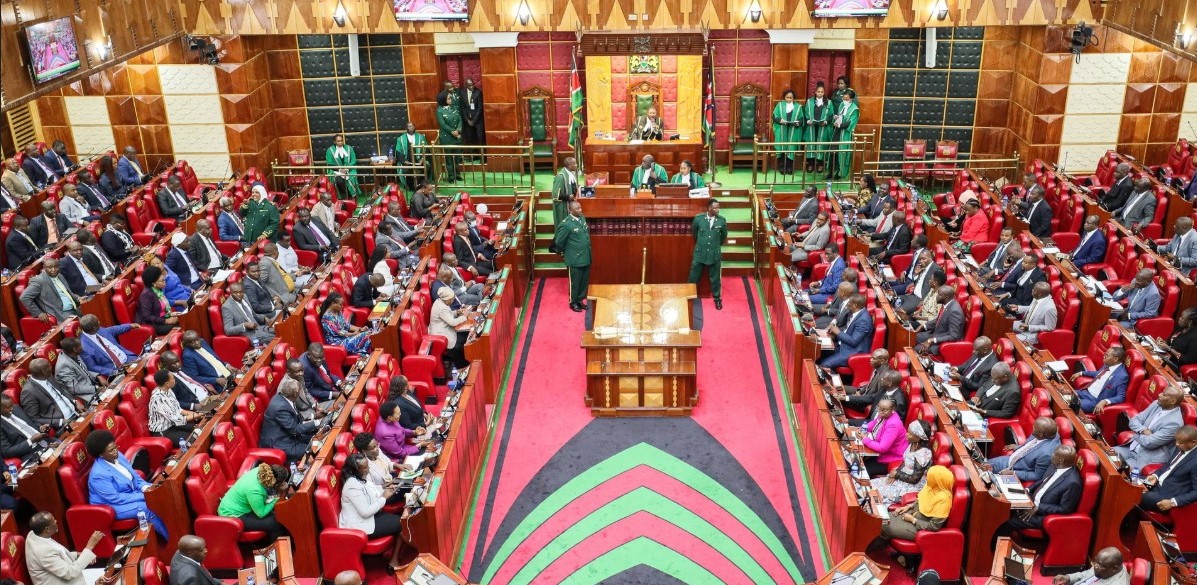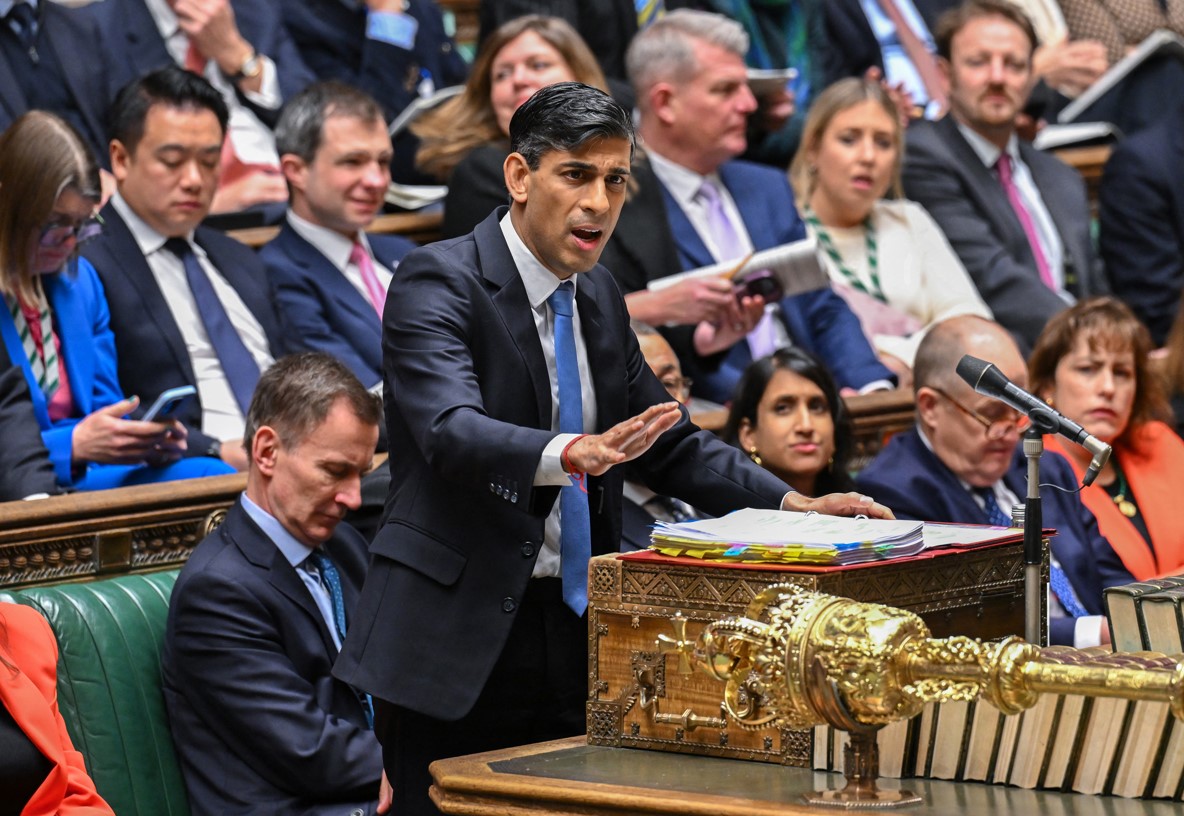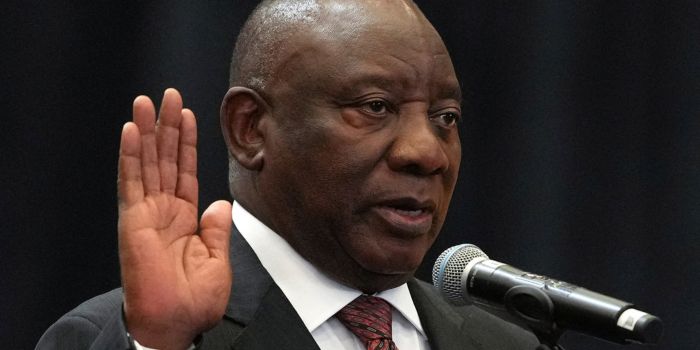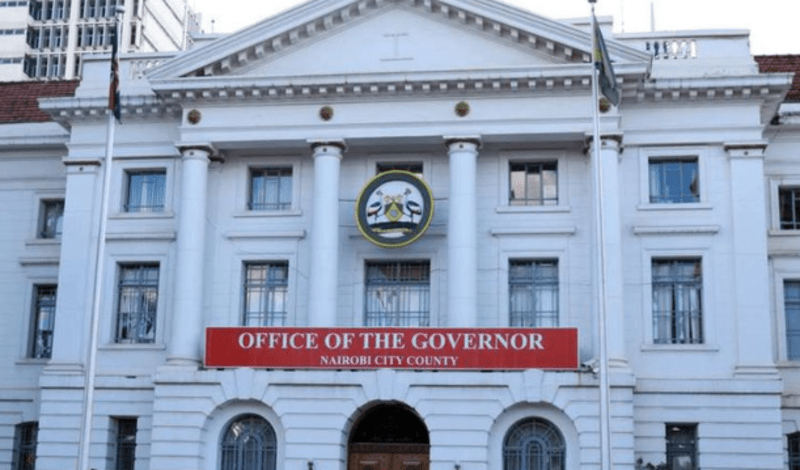Opinion: New varsity funding model could kill dreams of deserving students

Another problem is the reform's lack of clear methods for financing capital projects and the expansion of university infrastructure.
Kenya's new public university funding model, which went into effect last year, and is currently under review, marks a dramatic change in the country's higher education policies. The change partially addresses the sector's most important challenge — sustainable funding — but it does not fully solve the long-standing problems of rising enrolment and falling state resources.
There are two main funding mechanisms in the new framework. First, 69 public universities in the nation now get money from the University Fund, a public trustee, depending on institutional characteristics, postgraduate research, national priorities, and special needs education. Second, through a means-tested programme that combines loans, scholarships, and household contributions, the Higher Education Loans Board continues to assist students.
More To Read
- Relief for schools as state releases Sh14 billion capitation funds after delays
- How shortage of public schools in Nairobi makes right to education a mirage to many in slums
- Counties can only fund pre-primary and polytechnic education, says CoB Nyakang'o
- Ministry to replace Braille machines with Orbit Readers for visually impaired students
This reform is a response to the financial crises that have plagued Kenya's higher education sector since 2010. While government support for public colleges has been continuously declining, the institutions have amassed a debt of over Sh60 billion. These issues have their origins in neo-liberal reforms initiated in the mid-1990s and focused on privatisation, the use of business models to generate income, and a smaller role for the government in higher education.
Even if the number of institutions and student enrolment increased significantly as a result of these earlier reforms, they also had unforeseen repercussions. The surge of students who were privately sponsored did not keep up with the escalating costs, and entrepreneurial endeavours failed to generate sustainable revenue growth. As a result, public colleges encountered financial difficulties, and quality issues arose from overpopulation and subpar of facilities.
Interestingly, the existing reforms don't deal with the core problem of increasing government support to meet public university needs. Technical difficulties and uncertainty have plagued the rollout of the new student financing approach. Furthermore, there are practical challenges associated with classifying students according to need.
The fact that the new approach ignores the fundamental problem of government underfunding is among its worst flaws. The reforms do not commit to raising the total amount of financing available for higher education, even while they seek to rationalise institutional allocations and student support. The sector's recent financial volatility is at risk of continuing as a result of this oversight.
Despite its good intentions, the means-testing strategy for student funding may be difficult to apply successfully in Kenya. It is challenging to determine household income and financial needs with accuracy due to the presence of informal economic activity. This might result in unfair financial aid distribution, which would prevent worthy students from pursuing higher education.
Recognising the diverse resource requirements of academic disciplines, the reform's focus on programme cost-based financing differentiation is a positive move. However, this method ignores the particulars that make each institution different, including location-specific expenses or past funding discrepancies. To guarantee equitable institutional support, a more sophisticated strategy taking these variables into account would be required.
Another problem is the reform's lack of clear methods for financing capital projects and the expansion of university infrastructure. A deterioration of facilities and the absence of contemporary equipment have affected the quality of education. Should these infrastructure demands not be adequately addressed, the reforms may not achieve their intended outcome.
Striking a balance between business interests and educational objectives is also not sufficiently addressed by the new funding model. Universities are encouraged to make money on their own but there aren't many explicit rules about how to do so without sacrificing academic integrity or taking funds away from their primary goals of teaching and learning. This uncertainty may encourage more commercialisation of higher education at the price of accessibility and quality.
Furthermore, the reforms do not adequately address the uncoordinated expansion in the higher education sector. There are now more universities and programmes, which has resulted in redundant work and wastage of resources. For the industry to be sustainable, a more systematic approach to system-wide expansion that is in line with national development goals and labour market demands is essential.
Reforms must focus beyond student equity and price discrimination to effectively address the sustainability of funding for higher education. Increasing and stabilising government funding, streamlining institutional staffing and budgets, putting in place sustainable policies for system-wide expansion, fortifying quality control procedures, and expanding revenue streams beyond tuition fees are all important components of a holistic strategy.
Policymakers must assess these reforms thoroughly to determine how well they will accomplish Kenya's stated objectives of guaranteeing fair access, fostering high-quality education, and offering sufficient support to students. To handle new issues and conform to shifting social and economic environments, the model must be regularly evaluated and adjusted.
The Writer is a public policy specialist, development practitioner, and management consultant. [email protected]
Top Stories Today





